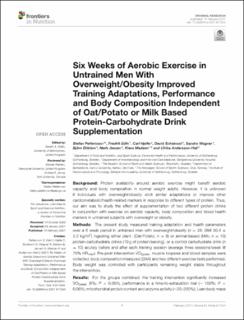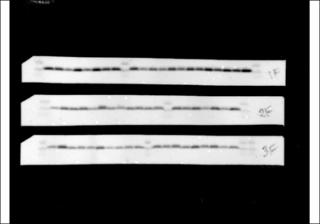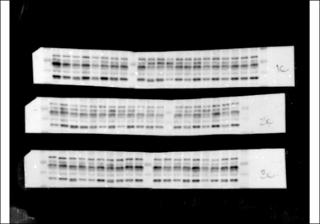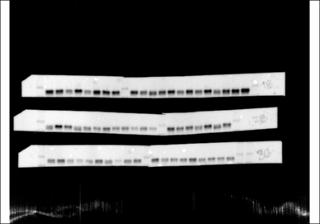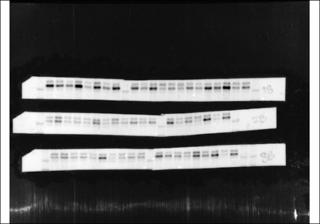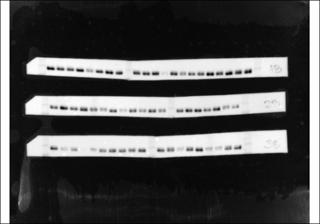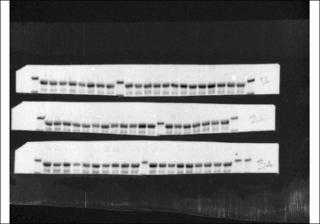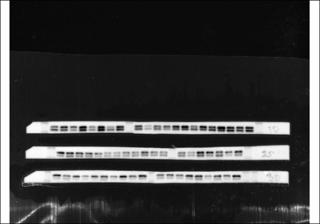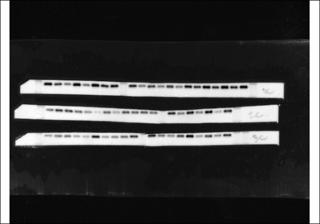| dc.contributor.author | Pettersson, Stefan | |
| dc.contributor.author | Edin, Fredrik | |
| dc.contributor.author | Hjelte, Carl | |
| dc.contributor.author | Scheinost, David | |
| dc.contributor.author | Wagner, Sandro | |
| dc.contributor.author | Ekblom, Björn | |
| dc.contributor.author | Jessen, Niels | |
| dc.contributor.author | Madsen, Klavs | |
| dc.contributor.author | Andersson-Hall, Ulrika | |
| dc.date.accessioned | 2022-03-21T21:21:23Z | |
| dc.date.available | 2022-03-21T21:21:23Z | |
| dc.date.created | 2021-06-17T12:54:56Z | |
| dc.date.issued | 2021 | |
| dc.identifier.citation | Frontiers in Nutrition. 2021, 8, Artikkel 617344. | en_US |
| dc.identifier.issn | 2296-861X | |
| dc.identifier.uri | https://hdl.handle.net/11250/2986640 | |
| dc.description | This is an open-access article distributed under the terms of the Creative Commons Attribution License (CC BY). The use, distribution or reproduction in other forums is permitted, provided the original author(s) and the copyright owner(s) are credited and that the original publication in this journal is cited, in accordance with accepted academic practice. No use, distribution or reproduction is permitted which does not comply with these terms. | en_US |
| dc.description.abstract | Background: Protein availability around aerobic exercise might benefit aerobic capacity and body composition in normal weight adults. However, it is unknown if individuals with overweight/obesity elicit similar adaptations or improve other cardiometabolic/health-related markers in response to different types of protein. Thus, our aim was to study the effect of supplementation of two different protein drinks in conjunction with exercise on aerobic capacity, body composition and blood health markers in untrained subjects with overweight or obesity.
Methods: The present study measured training adaptation and health parameters over a 6 week period in untrained men with overweight/obesity (n = 28; BMI 30.4 ± 2.2 kg/m2) ingesting either plant- (Oat/Potato; n = 8) or animal-based (Milk; n = 10) protein-carbohydrate drinks (10 g of protein/serving), or a control carbohydrate drink (n = 10) acutely before and after each training session (average three sessions/week @ 70% HRmax). Pre-post intervention V˙O2peak, muscle biopsies and blood samples were collected, body composition measured (DXA) and two different exercise tests performed. Body weight was controlled with participants remaining weight stable throughout the intervention.
Results: For the groups combined, the training intervention significantly increased V˙O2peak (8%; P < 0.001), performance in a time-to-exhaustion trial (~ 100%; P < 0.001), mitochondrial protein content and enzyme activity (~20–200%). Lean body mass increased (1%; P < 0.01) and fat mass decreased (3%; P < 0.01). No significant effects on fasting blood glucose, insulin, lipids or markers of immune function were observed. There were no significant interactions between drink conditions for training adaptation or blood measurements. For body composition, the Oat/Potato and carbohydrate group decreased leg fat mass significantly more than the Milk group (interaction P < 0.05).
Conclusions: Aerobic capacity and body composition were improved and a number of mitochondrial, glycolytic and oxidative skeletal muscle proteins and enzyme activities were upregulated by a 6 week training intervention. However, none of the parameters for endurance training adaptation were influenced by protein supplementation before and after each training session. | en_US |
| dc.language.iso | eng | en_US |
| dc.subject | blood lipids and glucose | en_US |
| dc.subject | endurance training | en_US |
| dc.subject | mitochondrial-related muscle proteins/enzymes | en_US |
| dc.subject | muscle biopsies | en_US |
| dc.subject | plant- and animal-based protein | en_US |
| dc.title | Six weeks of aerobic exercise in untrained men with overweight/obesity improved training adaptations, performance and body composition independent of oat/potato or milk based protein-carbohydrate drink supplementation | en_US |
| dc.type | Peer reviewed | en_US |
| dc.type | Journal article | en_US |
| dc.description.version | publishedVersion | en_US |
| dc.rights.holder | © 2021 Pettersson, Edin, Hjelte, Scheinost, Wagner, Ekblom, Jessen, Madsen and Andersson-Hall | en_US |
| dc.source.pagenumber | 15 | en_US |
| dc.source.volume | 8 | en_US |
| dc.source.journal | Frontiers in Nutrition | en_US |
| dc.identifier.doi | 10.3389/fnut.2021.617344 | |
| dc.identifier.cristin | 1916407 | |
| dc.description.localcode | Institutt for fysisk prestasjonsevne / Department of Physical Performance | en_US |
| dc.source.articlenumber | 617344 | en_US |
| cristin.ispublished | true | |
| cristin.fulltext | original | |
| cristin.qualitycode | 1 | |
